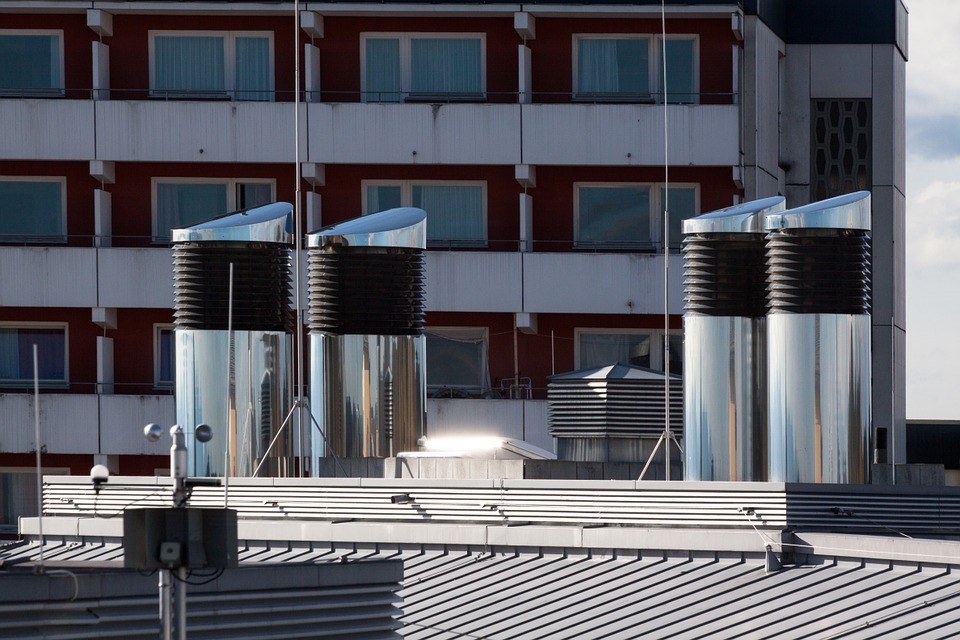
10 great reasons to visit Uganda
September 24, 2019
You don’t have to be afraid of making mistakes
September 25, 2019Leaks in a residential HVAC system could mean a 20 to 30 per cent fall in performance, costing you money and making temperature control a problem.
Ductwork leaks can lead to higher energy bills as the heating or cooling core has to work harder. This is why it is essential to carry out yearly system checks and deal with any leaks as soon as possible.
Things are even more serious if you’re responsible for a commercial-grade system. Once again, energy losses can result and the costs are likely to be much larger.
There may also be a health and safety implication and so it is important to check commercial systems at least twice per year. Read more about health and safety in the workplace on the Health and Safety Executive website at https://www.hse.gov.uk/.
Sealing ductwork
If leaks are detected, you will need to make use of duct sealing products. Alternatively, you may need to replace ductwork parts. These are widely available, including from companies such as https://www.dustspares.co.uk/ductwork-parts/.
The good news is that if you carry out regular checks as advised, you should be able to catch problems early. This may make repair easier, quicker and less expensive in the long run.
What are duct sealants?
Early repairs may simply require the use of duct sealants. These are special compounds which have been designed to fill any cracks or gaps in ductwork. They are much more effective than duct tape, for example, which will lose adhesiveness over time and allow leaks to occur once again.
Quality duct sealants should be chosen to ensure the best performance. You may choose a good silicone-based sealant, for example, which can be applied easily using a mastic gun. This is a good solution if there are small holes and cracks in your ductwork parts.
This type of sealant is also good for sealing connection points and, in fact, this is where most leaks are likely to form. To seal long cracks, use a gloved finger or a plastic spatula to push a silicone-based sealer into the fissure and then secure using fabric mesh. This mesh will stick into the sealant, ensuring that the joint stays flexible.
You could also cover it up using construction-grade strong tape or tin tape. When this falls off in time, simply replace it to keep out the elements.






